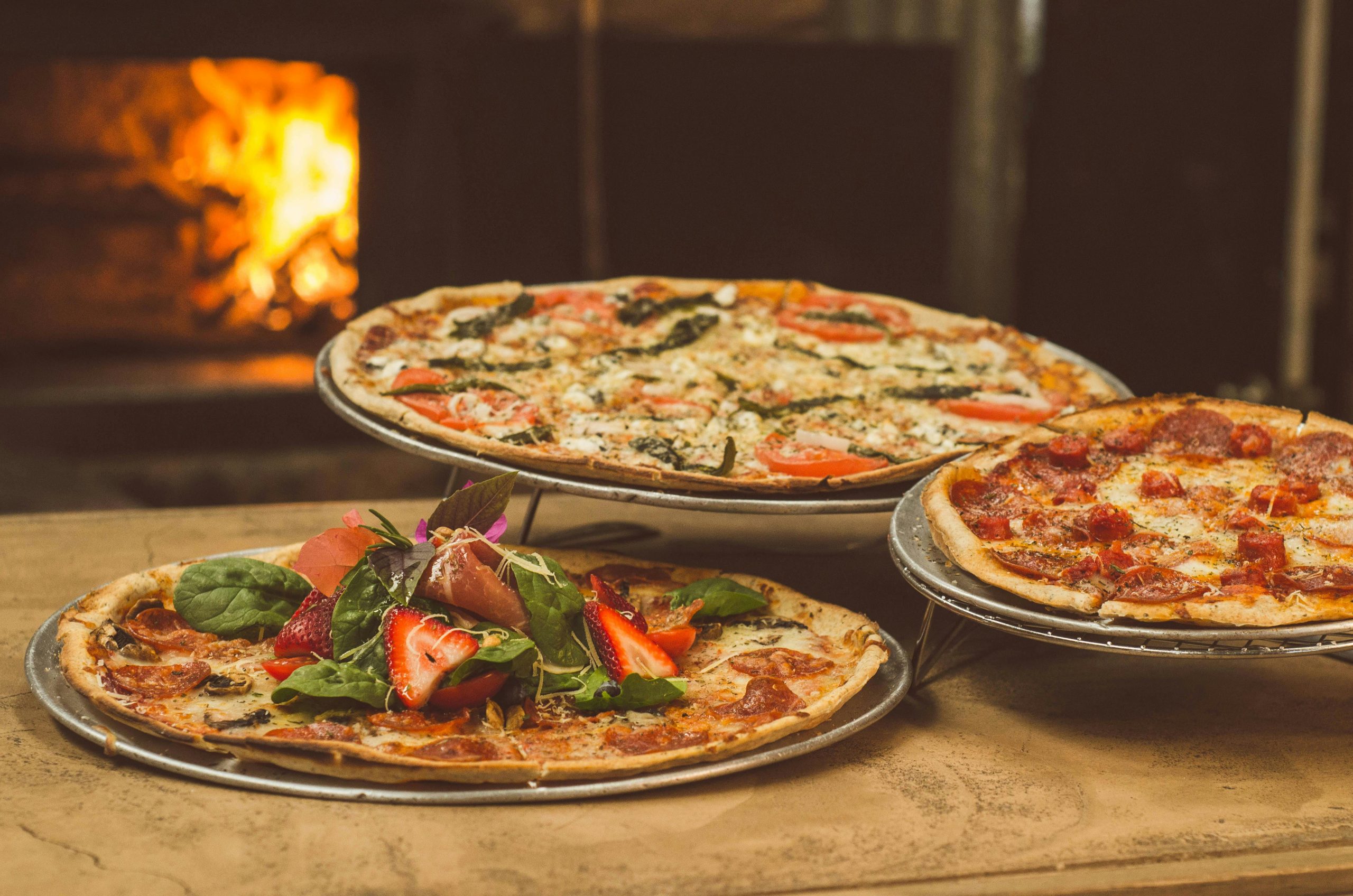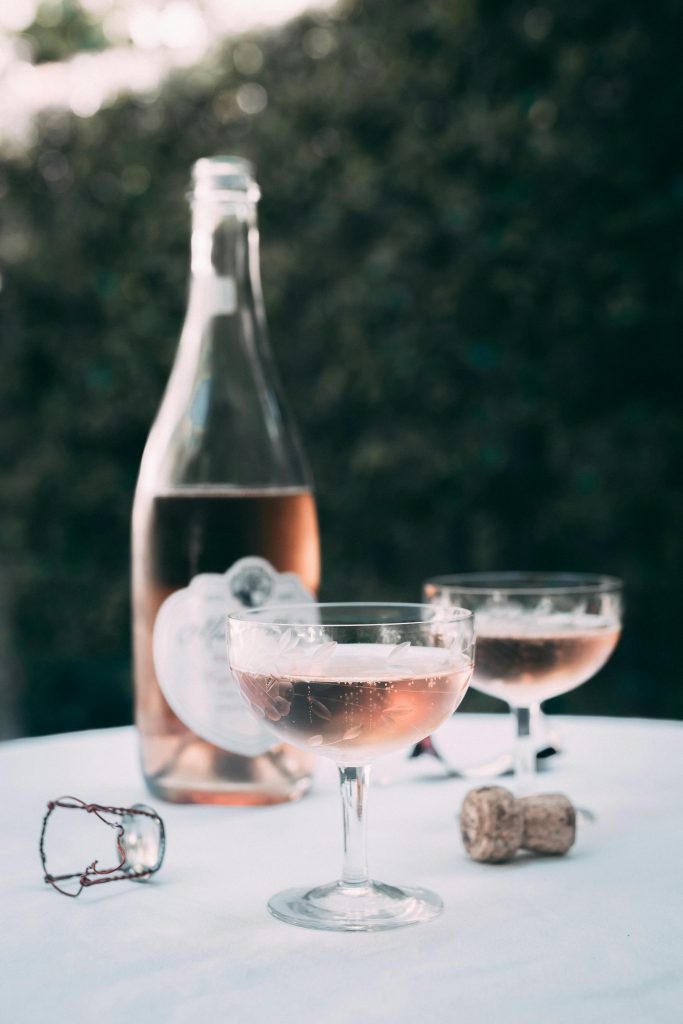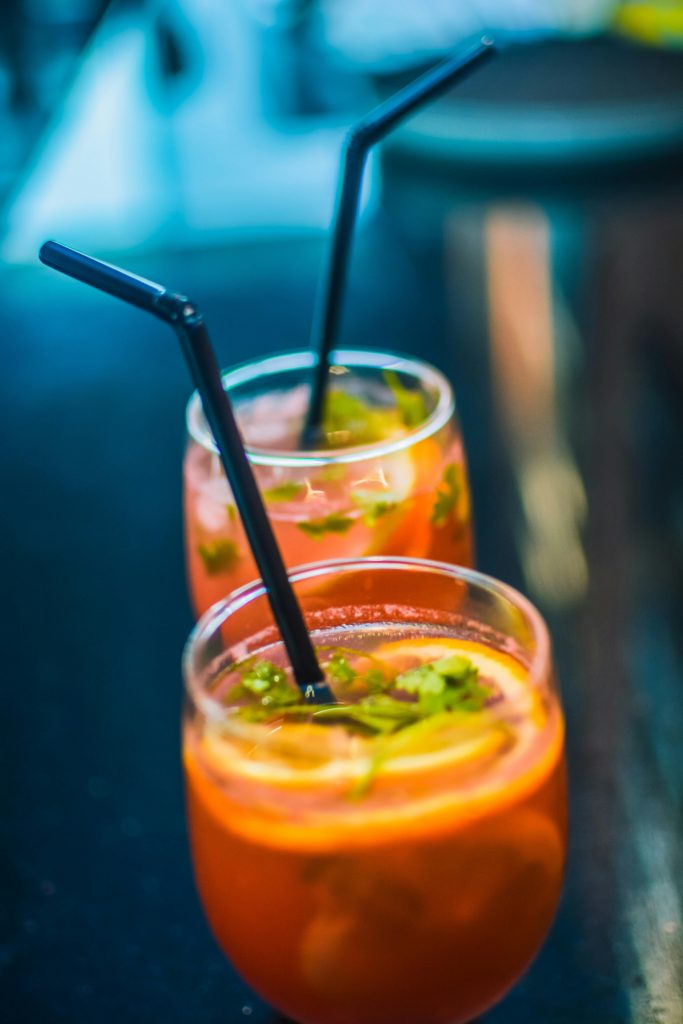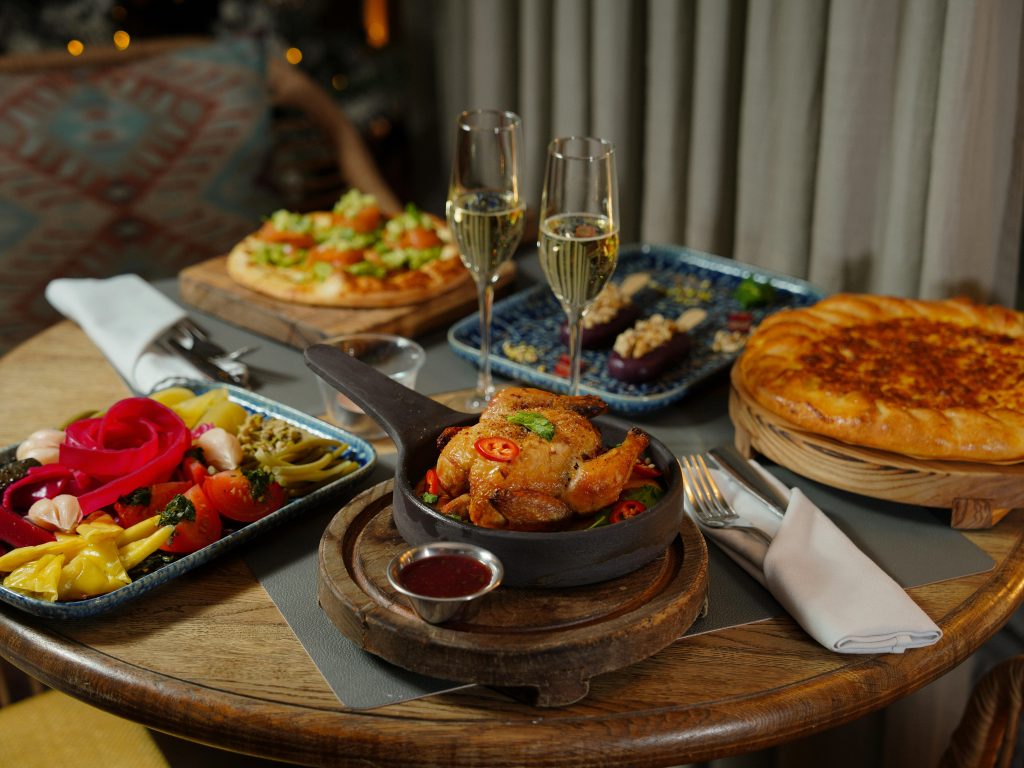Top 10 Wine Pairings with Chinese Food
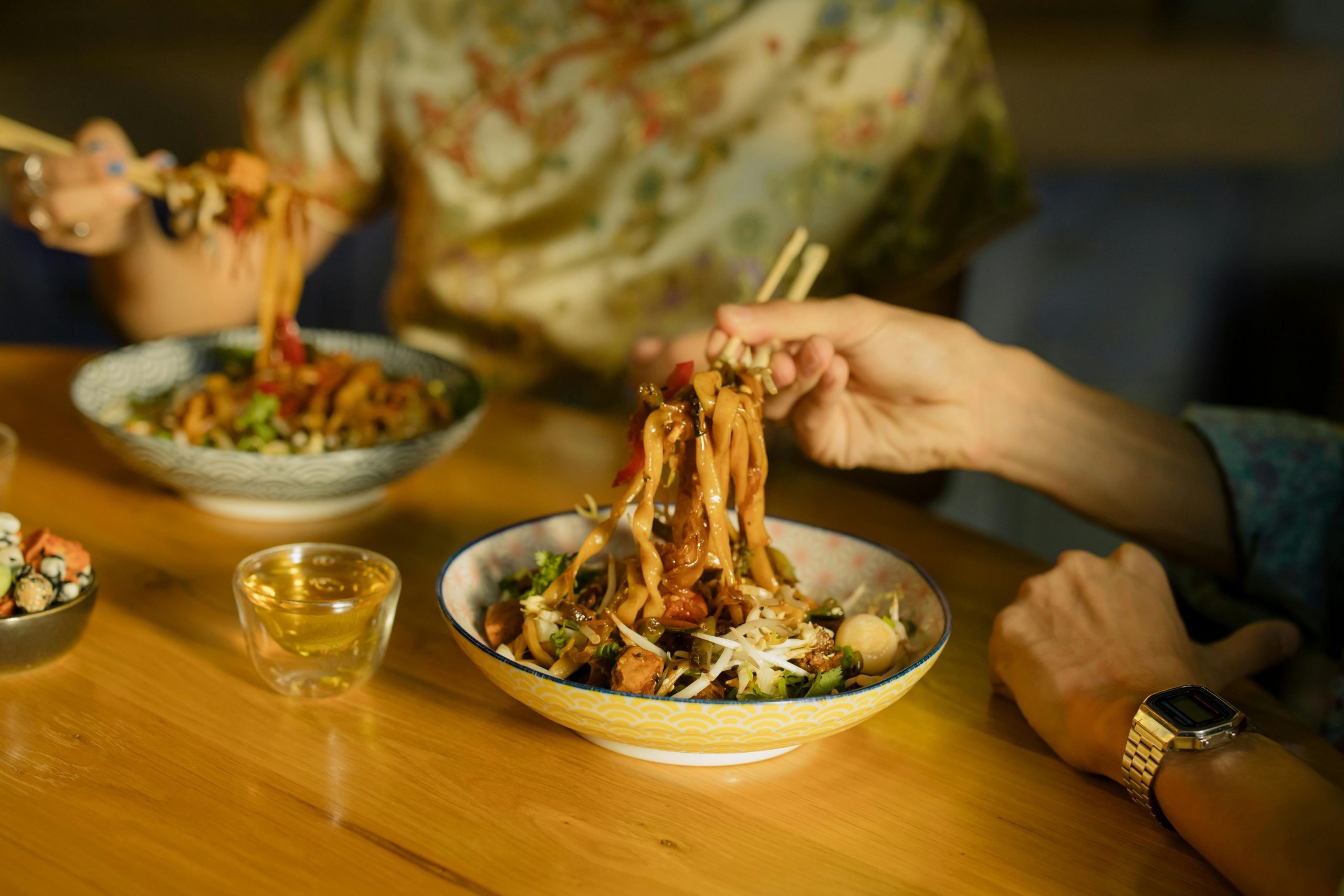
Have you ever stared at a Chinese menu and felt totally unsure which wine would make your meal shine? You’re not alone. Chinese cuisine offers a huge range of flavors, textures, and cooking styles. There’s sweet and sour, bold spices, delicate seafood, hearty meats, and everything in between. It might seem tricky to find just the right wine pairings for chinese food. But it’s easier than you think.
Let’s look at the top 10 wine pairings with Chinese cuisine. Picture yourself with a group of friends, sharing plates of steaming hot dim sum or a sizzling platter of kung pao chicken. The right bottle can make that moment truly special. And trust me, you don’t have to be a sommelier to pull this off. Let’s explore these pairings together. By the end, you’ll have some fresh ideas to elevate your next Chinese feast. You’ll also see how even something unique like ice wine can fit into the picture (yes, really).
Why Pair Wine with Chinese Food?
Chinese cuisine is all about balance. Sweet, sour, salty, bitter, and spicy flavors often appear in the same dish. Matching wine with these dishes can feel challenging, but it’s a fun adventure. The right combination can enhance each bite. Wine also helps cleanse your palate between mouthfuls of rich, flavorful food.
Quick Reference Table
Here’s a simple table to help you see at a glance which wines pair well with some popular Chinese dishes. Feel free to tweak it based on your personal preferences.
| Chinese Dish | Wine Type | Flavor Profile |
|---|---|---|
| Dim Sum (Various) | Prosecco or Cava | Light, refreshing |
| Sichuan Hot Pot | Off-Dry Riesling | Balances spicy, numbing |
| Sweet & Sour Pork | Rosé | Fruity, tangy balance |
| Crispy Peking Duck | Pinot Noir | Light tannins, fruity notes |
| Kung Pao Chicken | Gewürztraminer | Floral, off-dry spice foil |
| Cantonese Seafood | Sauvignon Blanc | Citrus, herbal, crisp |
| Red-Braised Pork (Hong Shao Rou) | Merlot | Round tannins, rich fruit |
| Mapo Tofu | Beer or Bold Red | Cuts through chili spice |
| Stir-Fried Vegetables | Chardonnay (Unoaked) | Fresh, balanced |
| Dessert Dim Sum | Ice Wine | Sweet, luscious, fruity |
We’ll dig deeper into these pairings below.

1. Dim Sum Paired with Sparkling Wine
Dim sum is a fun, shareable meal consisting of small plates: dumplings, buns, rice rolls, and more. Each bite is delicate and often slightly salty or sweet. Sparkling wine—like Prosecco or Cava—works beautifully here because it’s light, bubbly, and refreshing. It doesn’t overpower the mild flavors of dim sum. Instead, it cleanses your palate between different items.
Another plus? Bubbly wine adds a little festivity to the table. Dim sum is often a weekend brunch tradition in many Chinese communities, and nothing says “brunch celebration” like a bit of fizz in your glass. Cheers!
Bonus Tip: Avoid sparkling wines that are too sweet, unless your dim sum includes dessert buns. A dry or extra dry style typically works best.
2. Sichuan Hot Pot Paired with Off-Dry Riesling
Hot pot is a beloved communal meal in many parts of China, particularly in Sichuan Province. You and your friends sit around a simmering pot of spicy, numbing broth, tossing in slices of meat, veggies, and noodles. The flavors can get extremely fiery. That’s where an off-dry Riesling comes to the rescue.
Off-dry Riesling has a touch of sweetness that balances the spicy chili and Sichuan peppercorn. It also has enough acidity to keep your palate feeling fresh. Every sip helps dial down the heat, so you can keep going back for more. It’s like the fire extinguisher you never knew you needed for your taste buds.
3. Sweet & Sour Pork Paired with Rosé
Sweet & sour pork is a classic. The tangy sauce, crunchy peppers, and juicy pineapple chunks make it a flavor explosion. You need a wine that can handle the sweetness without getting lost in the sauce. A nicely chilled rosé does the trick.
Rosé offers fruity notes—think strawberry or watermelon—that harmonize with the dish’s sweetness. It’s light enough not to overshadow the pork. At the same time, its acidity cuts through the sauce, refreshing your palate. The result? A bright, summery pairing that feels effortless.
Pro Tip: Aim for a dry or semi-dry rosé. Super-sweet rosés might leave your mouth feeling cloying after a few bites.

4. Crispy Peking Duck Paired with Pinot Noir
There’s nothing quite like the crispy skin and succulent meat of a well-prepared Peking duck. The dish often comes with thin pancakes, spring onions, cucumbers, and a sweet bean sauce. This is a showstopper on any table. With something so special, you want a wine that complements without stealing the spotlight.
Pinot Noir is a classic go-to for duck. It’s medium-bodied, with gentle tannins and bright fruit flavors. The wine’s acidity cuts through the duck’s richness, while its fruity notes play well with the sweet sauce. Plus, it’s smooth enough not to clash with the delicate flour pancakes and veggies. It’s harmony in every mouthful.
5. Kung Pao Chicken Paired with Gewürztraminer
Kung pao chicken is another spicy favorite. You’ll find peanuts, dried chili peppers, and a savory-sweet sauce that coats every bite. It’s intense. Gewürztraminer, with its floral aroma and a hint of sweetness, makes a fantastic match.
Why Gewürztraminer? Its tropical fruit notes and spicy fragrance complement the chili heat. Plus, the subtle sweetness keeps you from feeling overwhelmed by the dish’s bold flavors. This pairing is especially friendly for those who aren’t used to super hot dishes. The wine’s softness smooths out the spice.
6. Cantonese Seafood Dishes Paired with Sauvignon Blanc
Cantonese cuisine is known for its fresh, delicate flavors. Seafood dishes—like steamed fish with ginger and scallions—are often mild yet savory. Sauvignon Blanc, with its crisp acidity and herbal notes, pairs gracefully with this style of cooking.
This wine choice lifts the gentle flavors of fish, shellfish, and subtle sauces. It doesn’t drown them out. If you find a Sauvignon Blanc with a hint of tropical fruit, it can even add a little extra dimension to your meal. Think clean, bright, and refreshing—perfect for a steamy plate of seafood.

7. Red-Braised Pork (Hong Shao Rou) Paired with Merlot
Rich, caramelized pork belly in a soy sauce and sugar glaze is a major comfort food in many parts of China. The sauce is sweet, savory, and sticky, clinging to every bite of the tender meat. You need a wine that can keep up with all that indulgence. Enter Merlot.
Merlot offers medium tannins and a plush fruitiness—often plum or blackberry—that merges nicely with the pork’s sweet and savory character. Its round texture complements the melt-in-your-mouth pork, and it doesn’t clash with the soy-based sauce. This pairing feels warm, cozy, and perfect for cooler evenings.
8. Mapo Tofu Paired with Beer or a Bold Red
Mapo tofu is fiery, numbing, and loaded with chili oil. It also includes soft tofu that soaks up the sauce. Because of its intense heat, many people prefer beer as a traditional pairing. A cold lager can indeed calm the spice. But if you’re set on wine, consider a bolder red like a Zinfandel or Syrah. These wines have enough body and fruit-forward notes to stand up to the dish.
You’ll want to sip carefully though. High alcohol wines can sometimes amplify spiciness. So look for a moderate alcohol content. When done right, you’ll feel the wine’s fruit balancing the ferocious heat on your tongue.
9. Stir-Fried Vegetables Paired with Unoaked Chardonnay
Stir-fried bok choy, Chinese broccoli (gai lan), and mixed veggies are typically light in flavor, often just seasoned with garlic and oyster sauce. An unoaked Chardonnay fits well because it’s not heavily influenced by vanilla or butter notes from oak barrels. Instead, it’s fresh and citrusy.
This style of Chardonnay allows the natural flavors of the veggies to shine. It provides enough body to pair with the slight oiliness of a stir-fry. At the same time, it doesn’t overpower the dish. You get a nice balance: simple, straightforward, and delicious.
10. Dessert Dim Sum Paired with Ice Wine
Here’s where things get a little unexpected—and fun. Dessert dim sum might include sweet buns filled with custard or red bean paste. You may also see mango pudding or sweet soup. To finish on a high note, I love introducing ice wine into the mix.
Ice wine is intensely sweet and luscious, with concentrated fruit flavors. It can handle sugary desserts without losing its charm. At the same time, it offers enough acidity to keep your palate from feeling syrupy. Trust me, it’s worth a try. If you’re new to ice wine or you’re curious about how long it stays fresh, check out this helpful resource: How long is ice wine good for?.

Bringing It All Together
Now that we’ve covered these pairings, you might feel more confident about choosing a wine for your next Chinese meal. Keep in mind that everyone’s taste buds are unique. If you’re a big Cabernet Sauvignon fan, go ahead and experiment. The most important thing is to have fun and enjoy every drop and bite.
Remember to consider the intensity and flavors of your chosen dish. If it’s spicy, opt for an off-dry or slightly sweet wine. If it’s mild, pick something lighter and fresher. And if it’s rich and hearty, a fuller-bodied red often hits the spot. Also, don’t forget about temperature: serve whites chilled to keep them crisp, and slightly cool reds to showcase their fruitiness.
Final Thoughts and Friendly Reminders
Chinese meals are typically shared family-style. You might have a table overflowing with diverse dishes. In that scenario, pick a couple of versatile wines—like a crisp white and a medium-bodied red—so people can sample and see what works best for them. Variety is part of the fun.
If you’re looking for more wine ideas, check out The Little Cellar Wine Company. They showcase interesting selections you might not stumble upon in your neighborhood store. And their blog offers plenty of tips for enjoying wine in everyday life.
In a Nutshell
- Dim Sum & Sparkling Wine: Bubbly fun meets delicate bites.
- Sichuan Hot Pot & Off-Dry Riesling: Spice meets a touch of sweet relief.
- Sweet & Sour Pork & Rosé: Fruity freshness balances tangy sauce.
- Peking Duck & Pinot Noir: Crispy, rich duck finds harmony with bright red fruit.
- Kung Pao Chicken & Gewürztraminer: Floral sweetness soothes spicy peanuts.
- Cantonese Seafood & Sauvignon Blanc: Clean, citrusy flavors highlight fresh fish.
- Red-Braised Pork & Merlot: Sweet, savory pork melts into plush, fruity wine.
- Mapo Tofu & Bold Red (or Beer): Intense heat needs a match with backbone.
- Stir-Fried Veggies & Unoaked Chardonnay: Light, simple dish pairs with equally fresh wine.
- Dessert Dim Sum & Ice Wine: Sweet treats get even sweeter with luscious sips.
Above all, keep experimenting. Wine and food pairings with Chinese food is a journey, not a strict set of rules. When you find that magical combination that makes your taste buds dance, you’ll know. And if it helps you bond with friends over a shared table of amazing Chinese dishes, even better. Enjoy every moment and every drop, every bite.
Looking for more wine and food pairings? Visit our wine and food pairing page.








